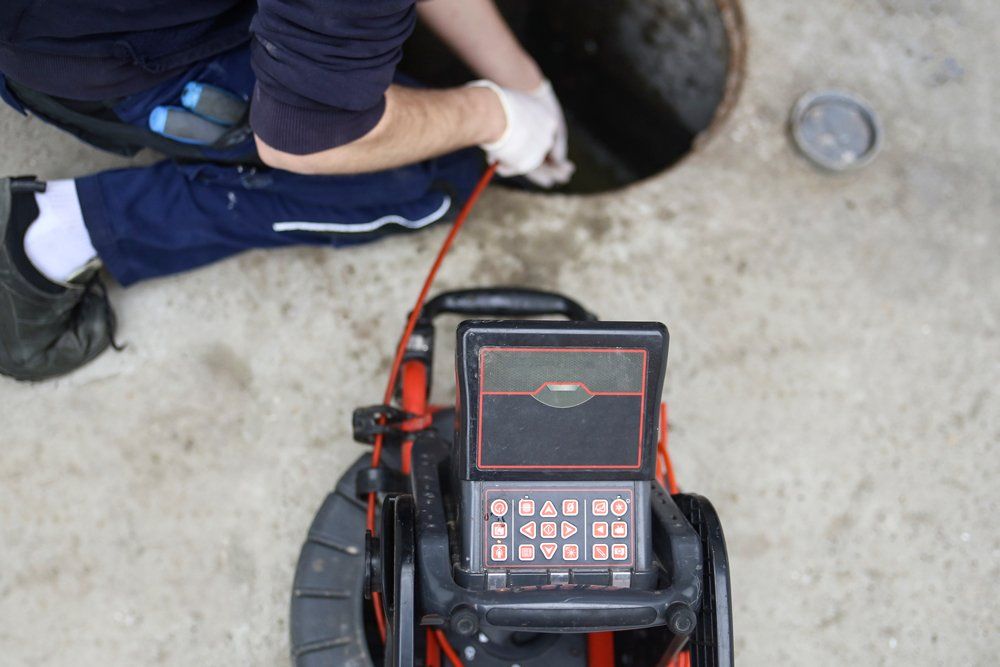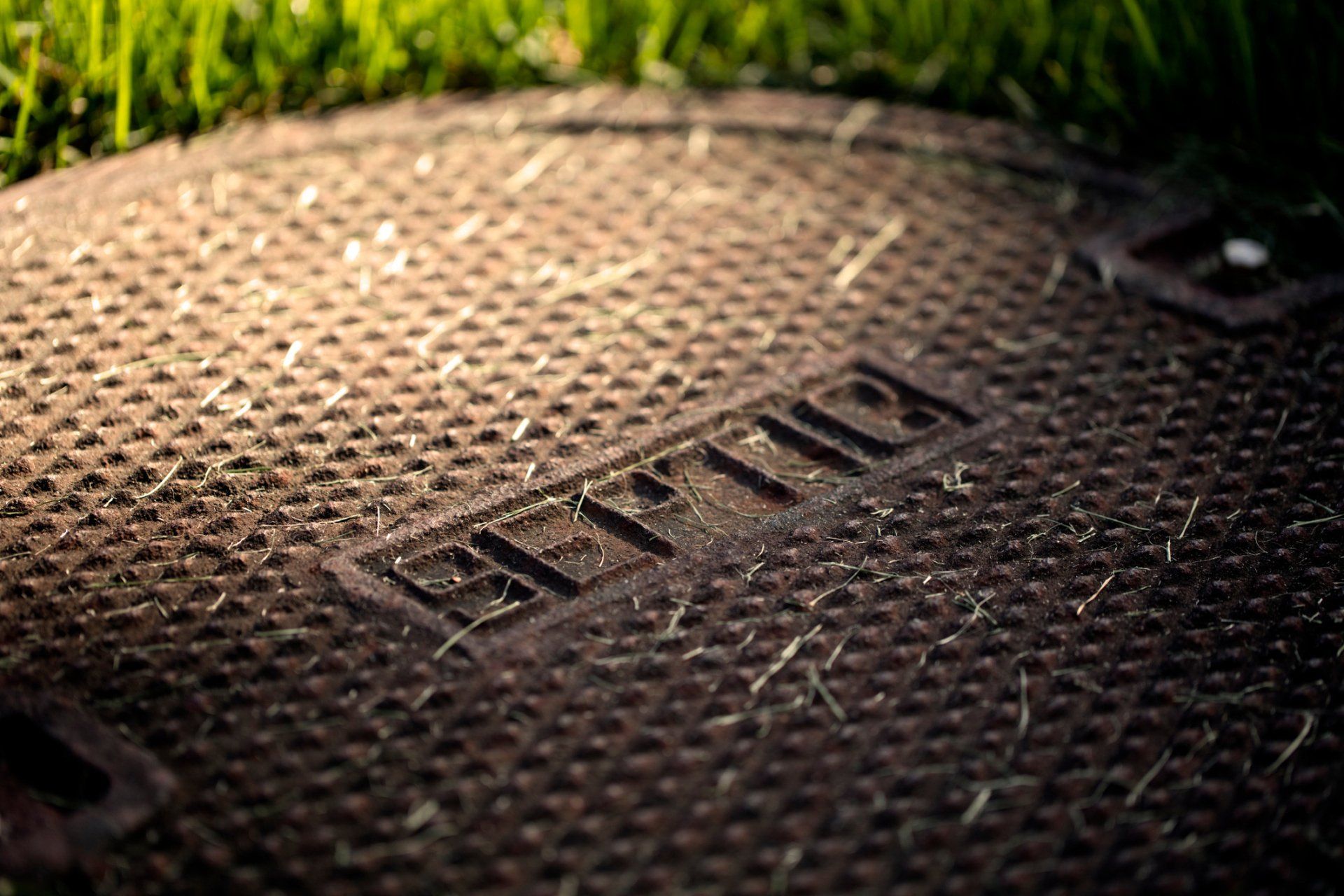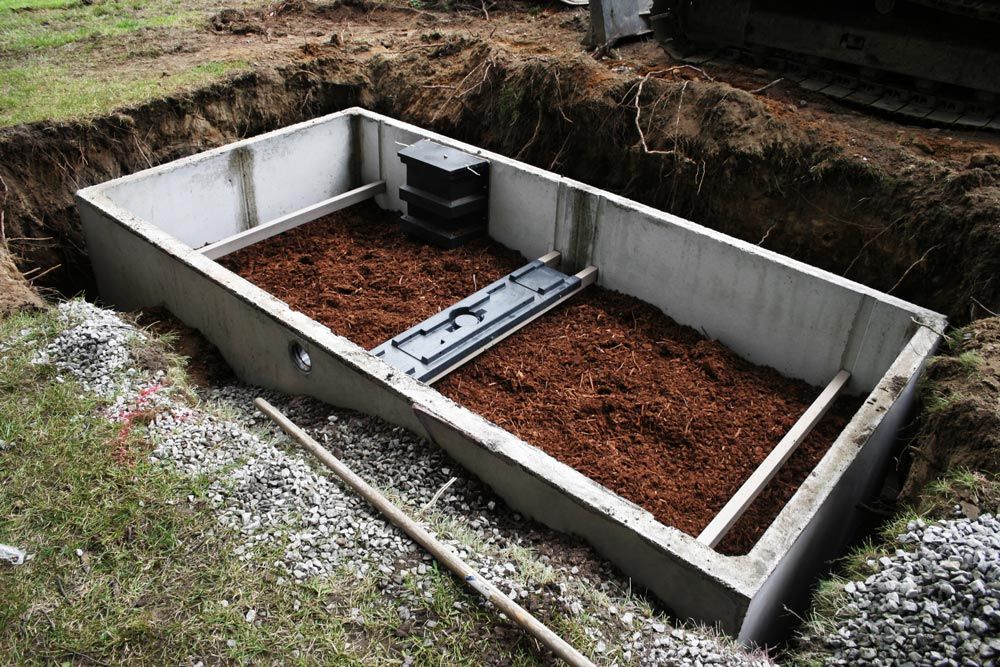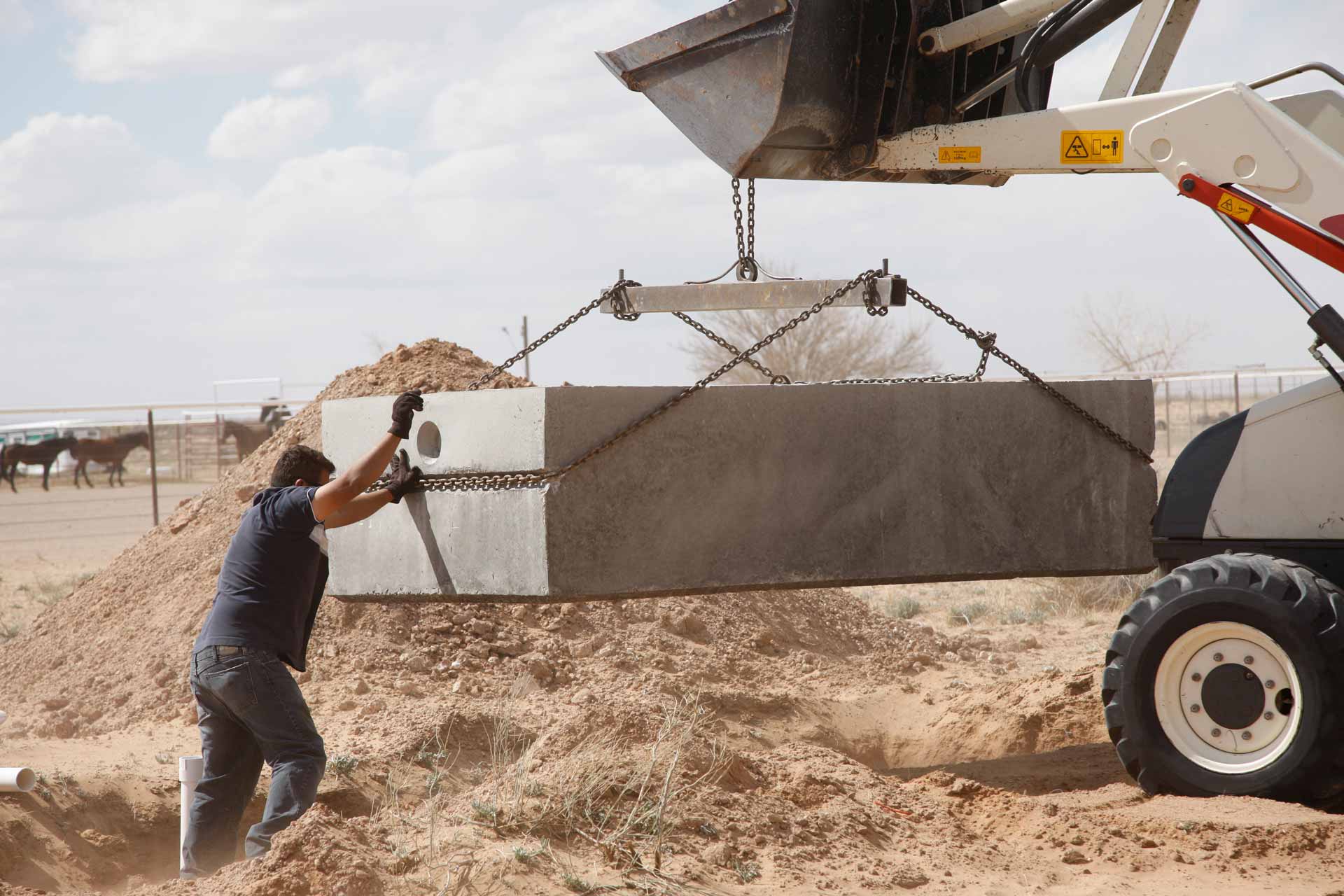BUYING A HOME WITH A SEPTIC TANK? 4 THINGS YOU NEED TO KNOW
- By Admin
- •
- 24 Mar, 2017
- •

Many first time home buyers have little or no experience with septic tanks. Learning to maintain a septic tank can be intimidating for some. The more you know about the functionality, care, and maintenance of your septic tank, the better you'll be able to care for your new property.
UNDERSTAND HOW THE SEPTIC TANK WORKS
A septic tank is a large underground tank designed to hold waste water. Water from the home's drains and toilet empty into the septic tank. As the waste water sits, it separates into three different layers: scum, or fats and oils, on top; effluent, or water, in the middle; and sludge on bottom. The sludge consists of human waste and other solid pieces that go down the drain.
As the septic tank fills, bacteria that lives in the tank breaks down the solid waste. This bacteria helps control the level of sludge in the bottom of the tank.
When the effluent reaches a certain height in the tank, it begins to drain out of the tank through the drain field. The waste water travels down the drain field and into the soil, where it is filtered and cleaned.
Over time, the level of sludge in the bottom of the tank begins to rise. If the sludge gets too high, it can clog the drain field. Pumping the septic tank periodically will prevent this from happening.
PUMP SEPTIC TANKS REGULARLY
As a general rule, septic tanks need to be pumped every 2 to 3 years. The exact amount of time that can pass between pumpings will depend on many factors, including the size of the tank, the amount of waste water produced by members of the household, and the type of solid waste flushed into the septic tank. Homeowners in Soquel, Santa Cruz, and the surrounding area who are unsure how often they can go between pumpings may contact a septic tank specialist for an appointment.
Homeowners can extend the amount of time between pumpings by controlling the type of solid waste that goes down the drains. In general, the only safe solid waste is human waste. Pieces of food, hair, and other items can all cause clogs. For this reason, homeowners should not use a garbage disposal in their kitchens, as waste from the garbage disposal can cause the amount of sludge in the bottom of the tank to rise substantially.
BE WARY OF ANTIBACTERIAL WASTE
Medicines, bleach, antibacterial hand soaps, and cleaning chemicals can all kill bacteria that live in the septic tank. Since bacteria is beneficial to septic tanks, flushing anything down the drains that might kill the bacteria is not recommended.
Homeowners who need to know more about getting rid of old medications can contact the sanitation department. Anyone who wishes to get rid of cleaning agents and bleach should contact local charities and non-profit organizations. Many of these organizations accept donations of cleaning products.
WATCH FOR SIGNS OF SEPTIC TANK OVERLOAD
Septic tanks that are in need of service will display symptoms such as spots of bright green grass on the lawn, swampy areas over the drain field, and the smell of raw sewage on the property. Homeowners may also notice that all the drains in their home drain slowly or that water draining from one fixture will flow into another. These are signs that the septic tank is clogged and needs to be serviced immediately.
If you're thinking about buying a home with a septic tankand would like to know more, or if you need to get your new home's septic tank serviced for the first time, contact your local septic tank technicians for an appointment.If the septic system doesn't function properly, it could start to generate bad smells. Learn about common reasons why septic systems produce bad smells.
The roots of trees can penetrate your septic system and impede system performance. Learn a few steps to prevent tree and shrub roots from invading your tank.
Whether constructing a new home or replacing an old septic system, homeowners must decide on the type to install. See a few types of septic tanks.
Pumping your septic tank should be part of your home maintenance routine. How often you should pump your tank? Discover a few factors that determine that.
All septic system parts eventually fail. Read on to learn about some factors that determine how long your septic drain field will last.
Landlords should proactively maintain their septic tanks for health, safety, and compliance reasons. Discover essential maintenance tips.









